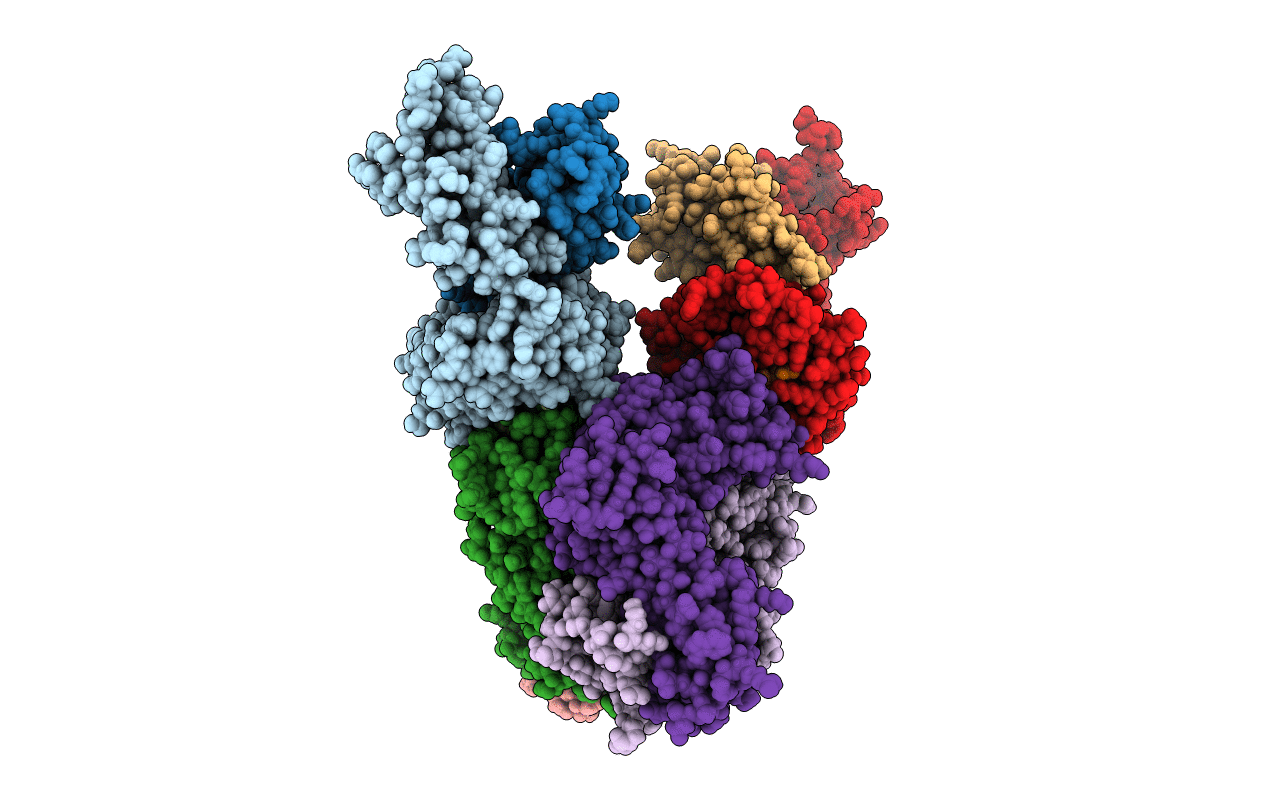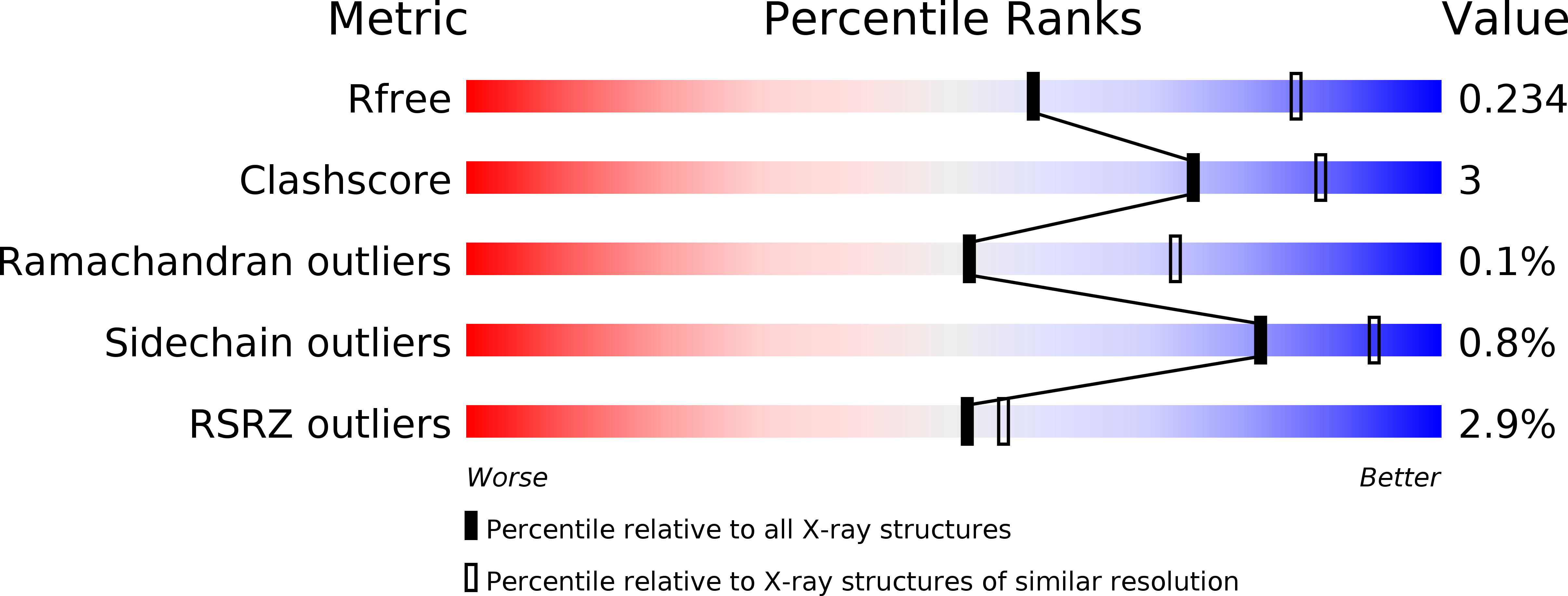
Deposition Date
2016-05-16
Release Date
2017-05-31
Last Version Date
2024-10-23
Entry Detail
PDB ID:
5JZI
Keywords:
Title:
Crystal structure of 1406 TCR bound to HLA-A2 with HCV 1406-1415 antigen peptide
Biological Source:
Source Organism:
Homo sapiens (Taxon ID: 9606)
Hepatitis C virus (Taxon ID: 11103)
Hepatitis C virus (Taxon ID: 11103)
Host Organism:
Method Details:
Experimental Method:
Resolution:
2.50 Å
R-Value Free:
0.23
R-Value Work:
0.19
R-Value Observed:
0.20
Space Group:
P 31 2 1


